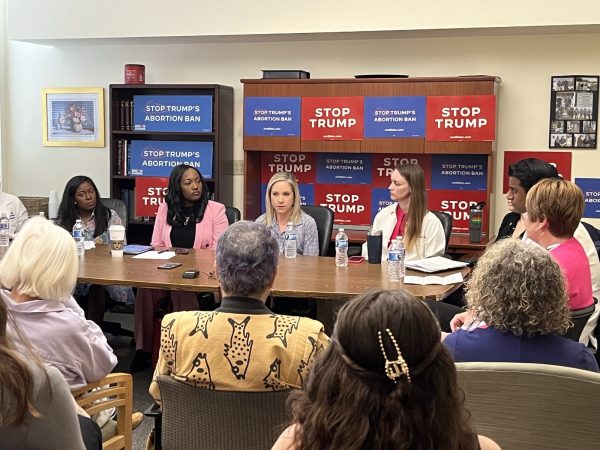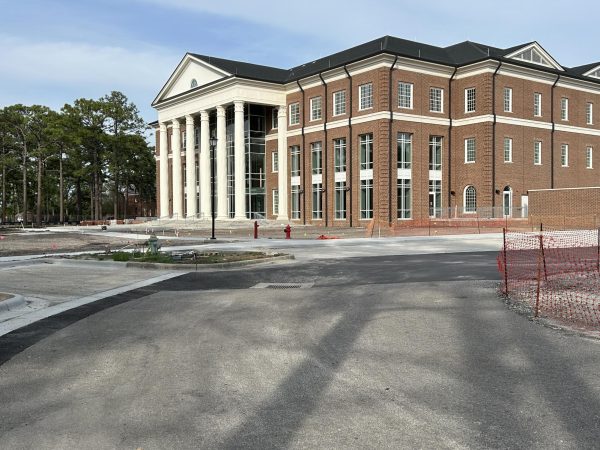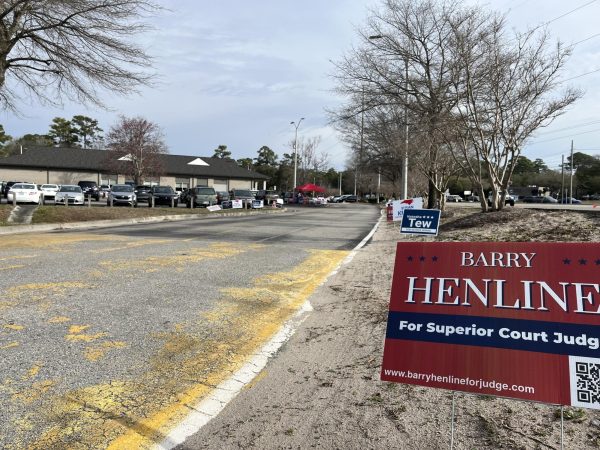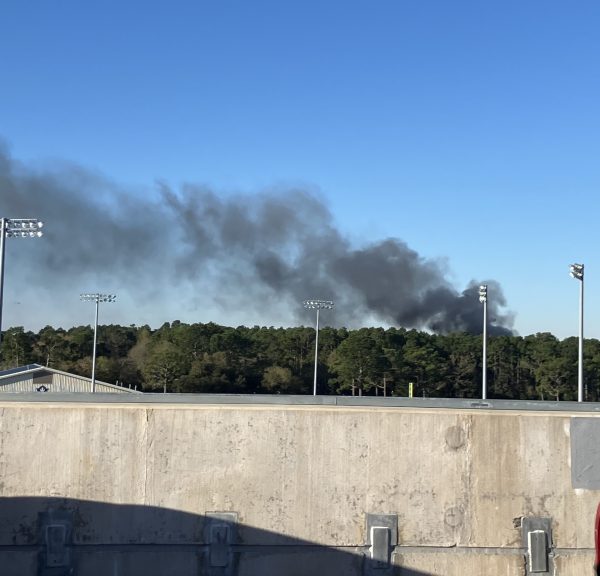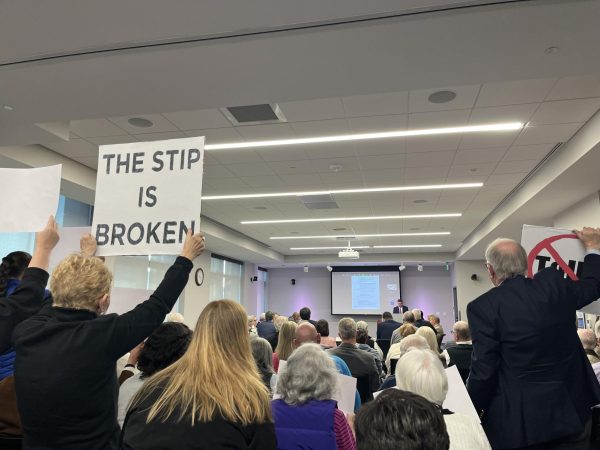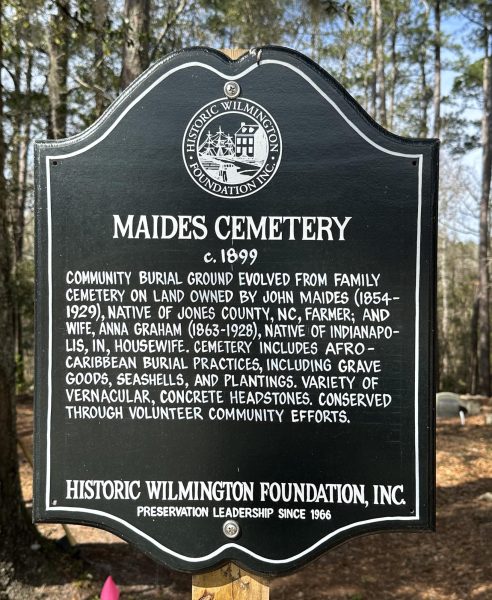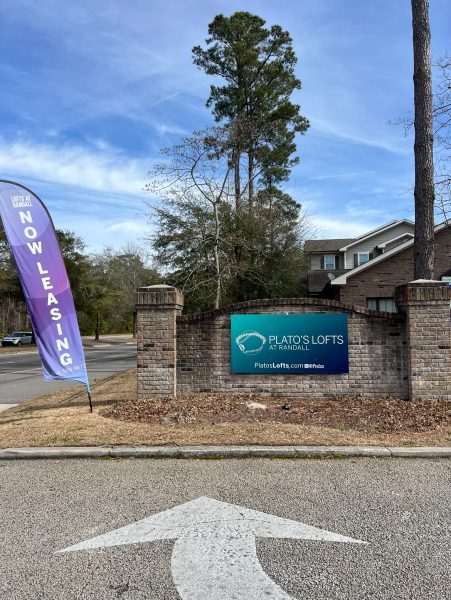The evolution of UNC Wilmington
August 18, 2016
The city of Wilmington first witnessed the beginning of UNC Wilmington around 1946, when a standard college center was established under the management of the University of North Carolina at Chapel Hill.
Just a year later, an approved tax levy by the citizens allowed for the ordinary college center to transform into an official college. Known as Wilmington College, the publicly funded school opened its doors on Sept. 4, 1947.
Offering only courses on the freshman level, Wilmington College enrolled roughly 250 students, a significant number for the era, but a mere fraction compared to the current estimated 15,000 students on campus.
Wilmington College began to not only transform Wilmington into a college town, but it also changed the growing port city known today. The growth of Wilmington itself flourished after the establishment of Wilmington College. And with the end of World War II, opportunities for higher education and more work made Wilmington an attractive city.
According to New Hanover County, the population of Wilmington since the 1940s has almost quadrupled. Businesses, residential areas and expansions began to increase, and by 1957, Wilmington College was declared a community college by vote of Wilmingtonians.
A few years later, the school became a four-year curriculum institute and was authorized to award bachelor’s degrees. Before the decade completed, the UNC system began to absorb the college as a branch.
Following in the footsteps of UNC-Charlotte, Wilmington College made an identical bill to the one proposed by Charlotte College as they rallied to join the UNC system. Although many encouraged the unification, some opposed the public push and vocalized their disdain for Wilmington’s eagerness to join the UNC system.
Specifically in disagreement with the rally, Western Carolina University expressed their displeasure throughout the entire process. WCU believed that the UNC system completely disregarded their region and abilities, and found their ideas of schooling conflicting, stating that the UNC system would eventually “impoverish higher education.”
Regardless of any backlash, the school went on to gain continuing support from the residents of Wilmington, including Robert Scott who was the governor.
On April 24, 1969, one year after the initial creation of the bill, Wilmington College became UNC Wilmington. Before the end of the day on campus, students had already celebrated in support and created a banner that read “UNCW” on the entrance of the school.
President William H. Wagoner was pronounced the first Chancellor, and “Wagoner” has since become a common household name for the students of UNCW. Hoggard, Randall, Leutze and many others soon began to make their way as leaders of UNCW and have found themselves ranked up amongst Wagoner himself.
When UNCW first opened as Wilmington College, it served primarily veterans of World War II, and only a small percentage of the student population was female. Now, roughly 70 years later, the population has grown exponentially in size, and the dynamics of its student body have also drastically changed.
Though UNCW maintains its strong connection to its military-affiliated students, it no longer primarily serves veterans. UNCW’s students are largely traditional college students, but a population of non-traditional students – older students, part-time students, students with dependents and other kinds of students – is also a significant part of the UNCW fabric.
UNCW is now predominantly female and serves a variety of interests and career paths. It no longer offers only basic classes, but majors in nearly every field can be found at UNCW, including masters’ programs.
